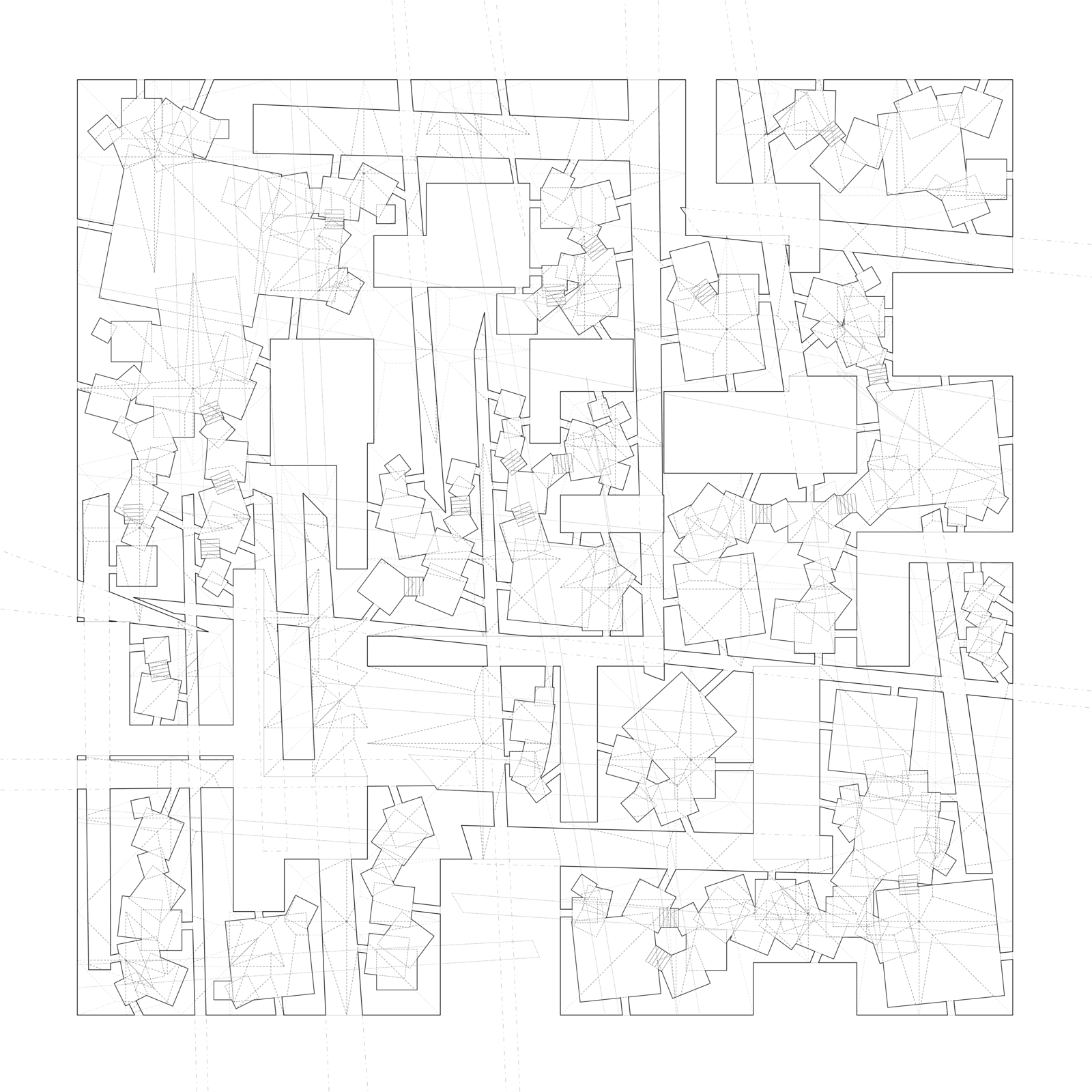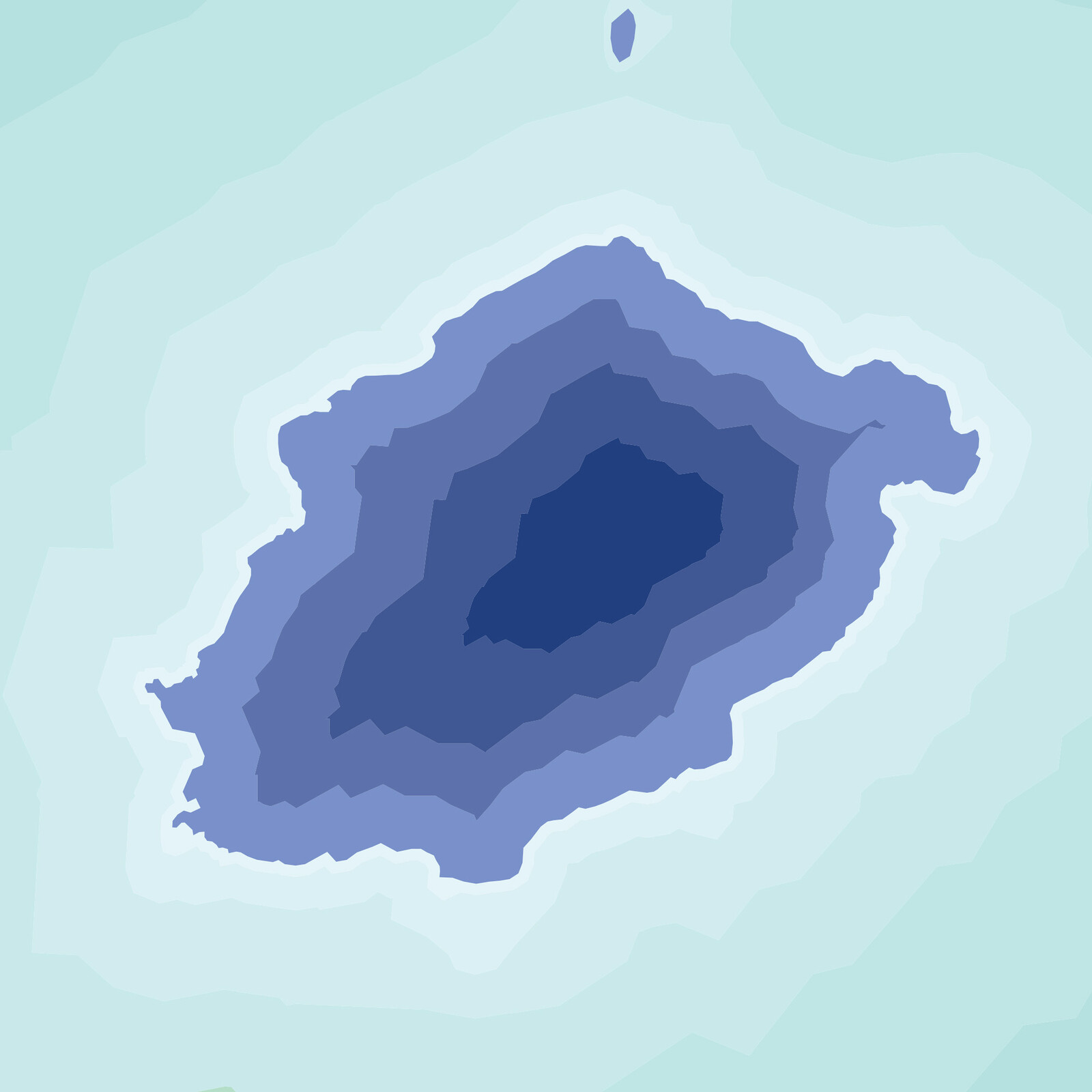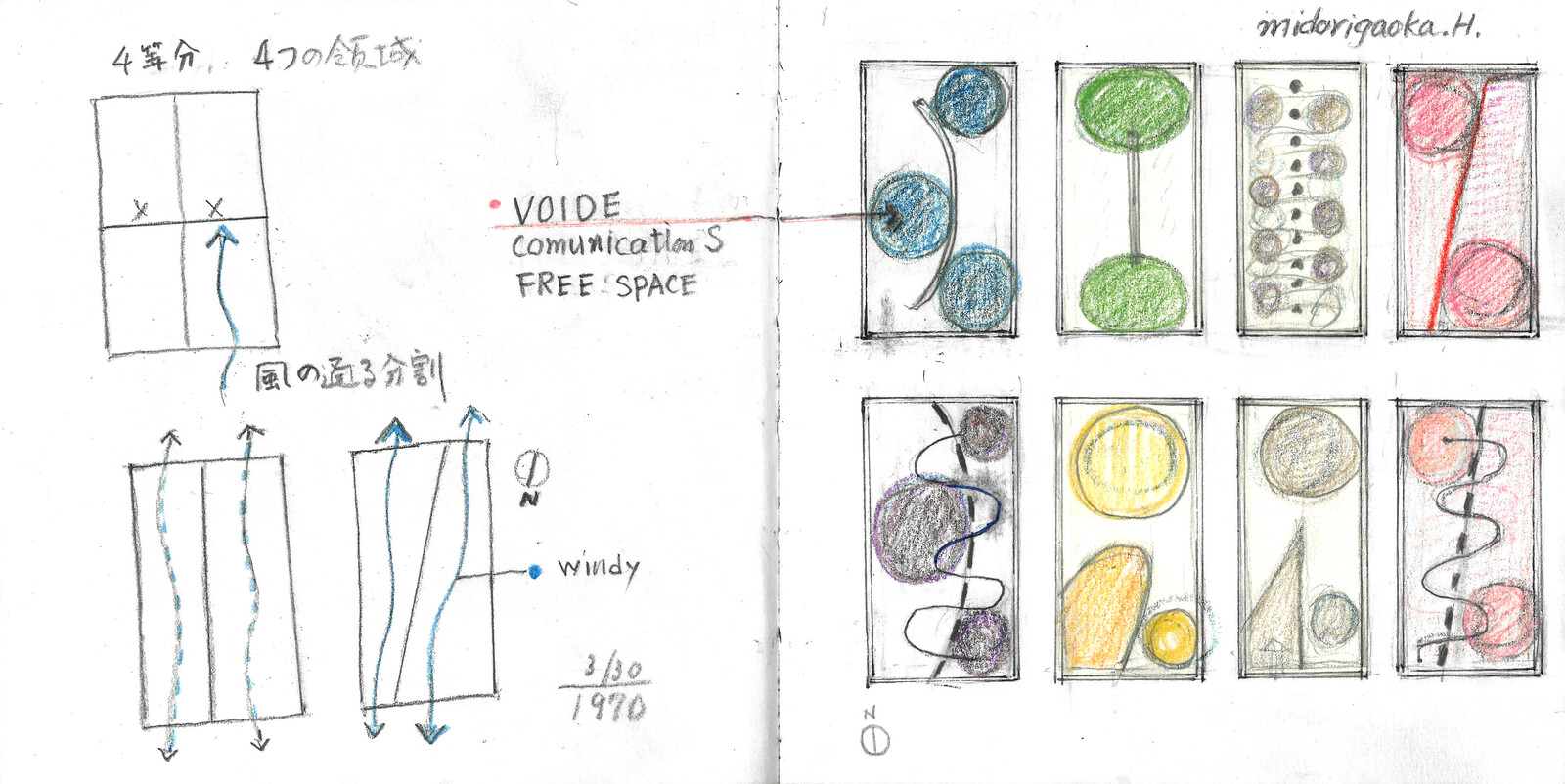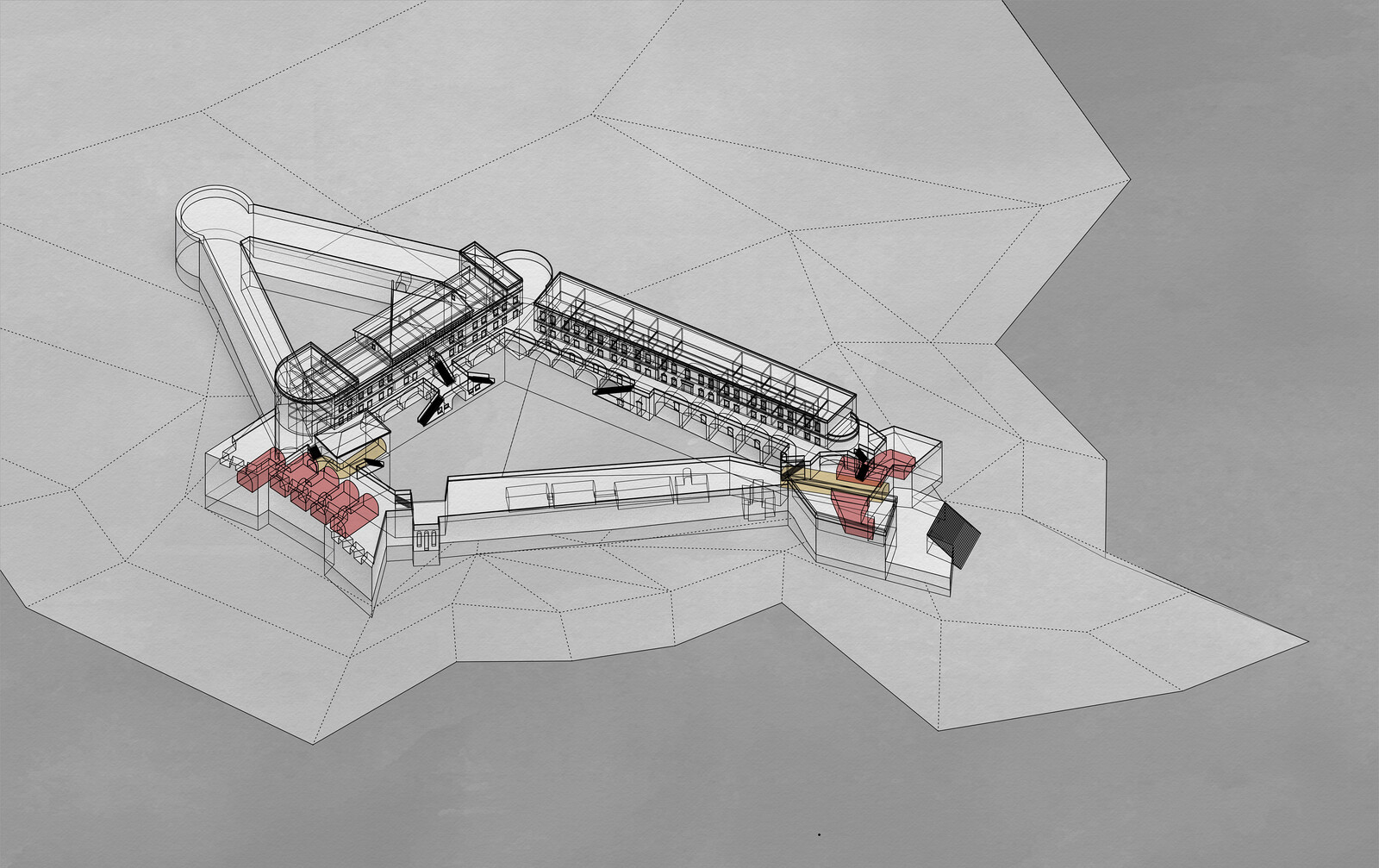Six degrees of separation is the theory that humans are always six or fewer social connections away from one another. Six degrees of freedom (6DoF) is the practical means to translate the motion of our physical bodies to virtual avatars.1 Six steps is all it takes to bring us together to another, whether socially, presentially, or both.
Digital means are at the core of both of these hexa-notions: six degrees of separation has been recently proven through email and social media, and the term 6DoF was popularized during the first VR age in the late 1980s.2 However, digital means are precisely what puts into question the value and even validity of both these forms of being and belonging. A social media friend can be considered less “real” than a friend-in-the-flesh, even though we might be much more up to date and regularly in touch with the former. And meeting friends through digital means is often considered a downgrade from what would otherwise be a “full” experience. But for those who have made 6DoF a part of their digital day-to-day, virtually making and meeting friends is as natural and valuable as any other means of togetherness. The six degrees of freedom enjoyed by inhabitants of the immersive internet allow individual humans to occupy virtually any body imaginable and embrace one another across practically endless distances.3
Virtual togetherness requires a medium and a language, and therefore a form of literacy. A hug transmitted through our voice in a phone call, words in a letter, or emojis in a text message can retain some of its intended warmth as long as it follows the ever-changing grammar of the medium in which it travels. Literacy is a key emancipatory force that has largely defined the levels of freedom for individuals in modern times. The languages we read and write evolve in parallel to media. 6DoF opens a channel for body language to travel within, and therefore beyond illusory phantom sensations: a new formal and gestural literacy to develop.4 A virtual hug is a mechanism of emancipation, not a form of escapism.
Six degrees of freedom (6DoF) in virtual space when wearing a headset refers to the freedom of movement in three-dimensional space—forward/back, up/down, left/right, yaw, pitch, roll—which closely mimics the movement of our physical bodies in space.
A spatial version of the internet experienced through immersive media such as virtual reality.
Phantom sensation in virtual reality refers to the experience of physical touch which is only perceived visually or audibly.
Confinement is a collaborative exhibition curated by gta exhibitions and e-flux Architecture, supported by the Adrian Weiss Stiftung and the ETH Zürich Foundation.
































